Neuroscience

Neurotransmitter receptors function via various G-protein coupled and G-protein independent mechanisms that activate downstream intracellular signaling pathways such as cAMP/PKA, PI3K/AKT, phospholipase A2, and phospholipase C pathways. For instance, dopamine receptors act through adenylate cyclase to activate PKA and other signaling molecules, thereby mediate gene expression through the actions of CREB and other transcription factors. Other neurotransmitters such as NMDAR or AMPAR are associated with ion channels that control flux of Ca2+ and Na+, thus propagating the action potential across the post-synaptic neuron.
Dysfunctions in GABAergic/glutamatergic/serotonergic/dopaminergic pathways result in a broad range of neurological disorders such as chronic pain, neurodegenerative diseases, and insomnia, as well as mental disorders including schizophrenia, bipolar disorder, depression, and addiction.
-
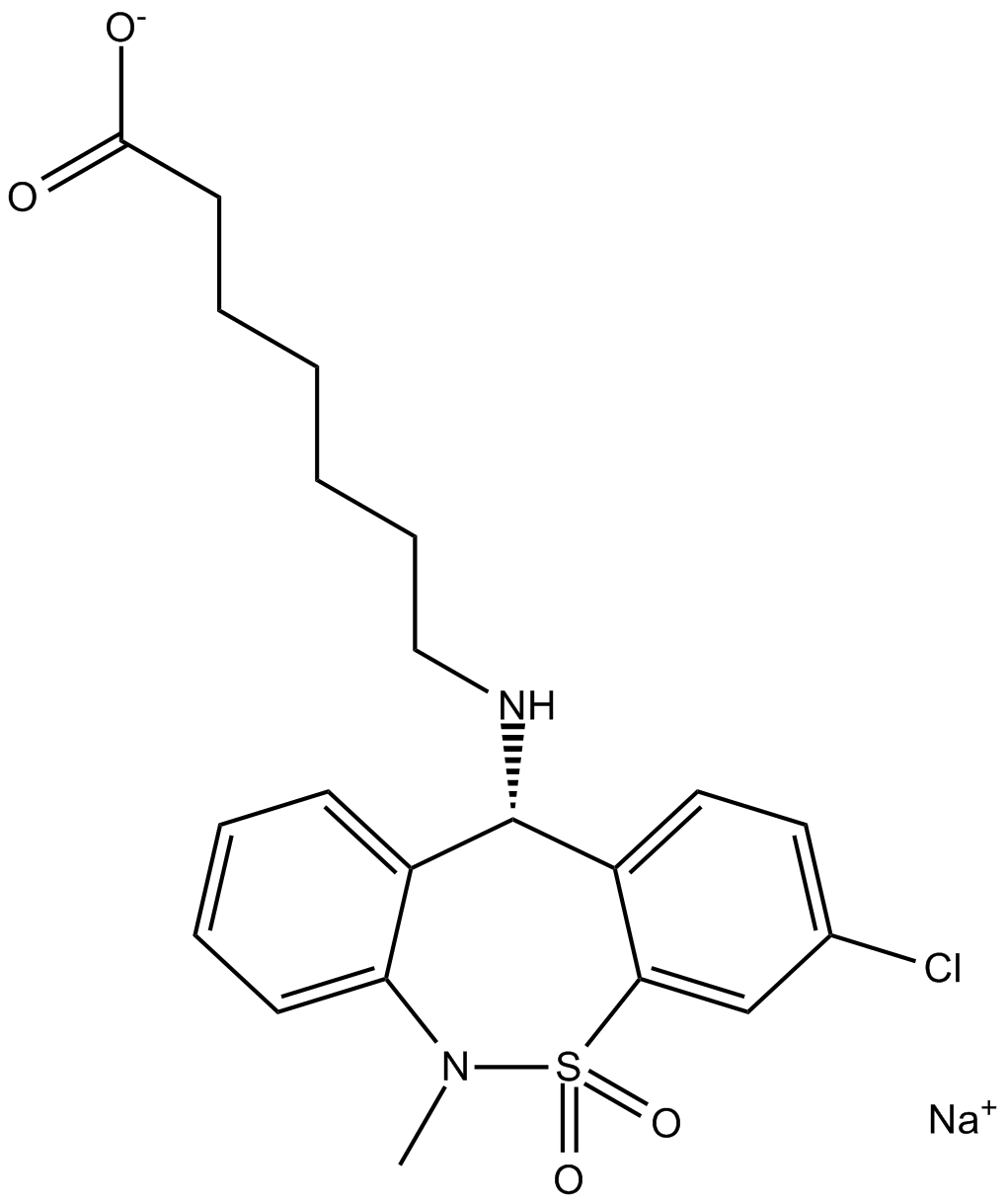 A5322 Tianeptine sodiumSummary: 5-HT uptake facilitator,selective,antidepressant
A5322 Tianeptine sodiumSummary: 5-HT uptake facilitator,selective,antidepressant -
 A1132 β-PompilidotoxinTarget: sodium channelsSummary: Slows Na+ channel inactivation
A1132 β-PompilidotoxinTarget: sodium channelsSummary: Slows Na+ channel inactivation -
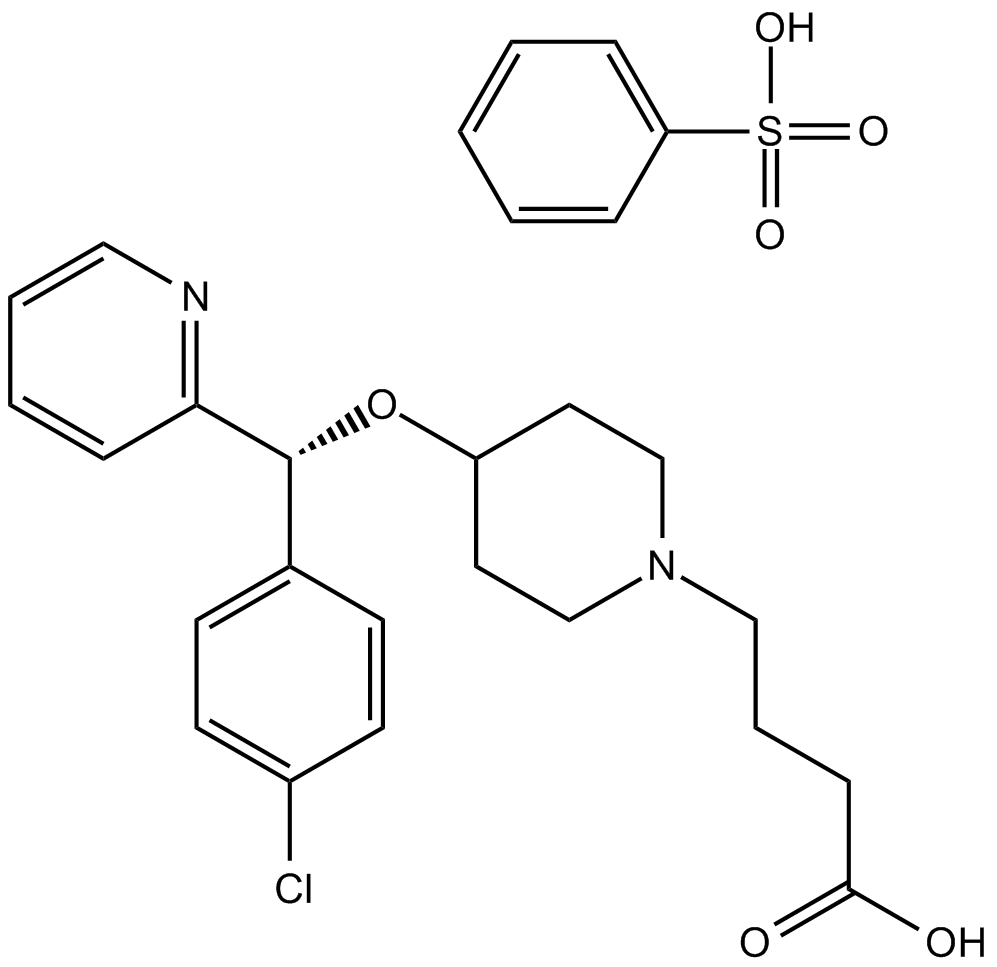 B1569 Bepotastine Besilate1 CitationSummary: Non-sedating, selective antagonist of histamine 1 (H1) receptor
B1569 Bepotastine Besilate1 CitationSummary: Non-sedating, selective antagonist of histamine 1 (H1) receptor -
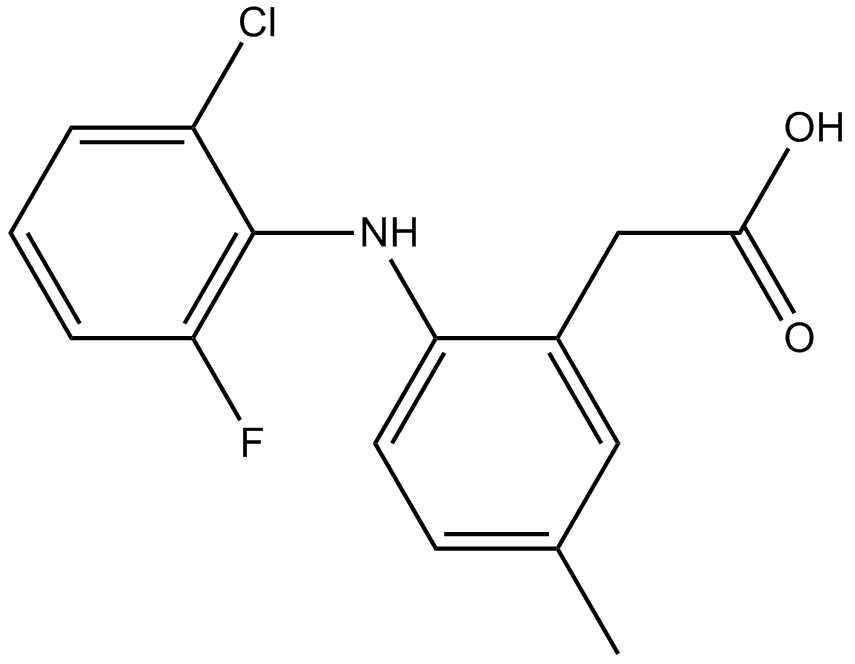 B1458 LumiracoxibTarget: COXSummary: Novel, selective COX-2 inhibitor
B1458 LumiracoxibTarget: COXSummary: Novel, selective COX-2 inhibitor -
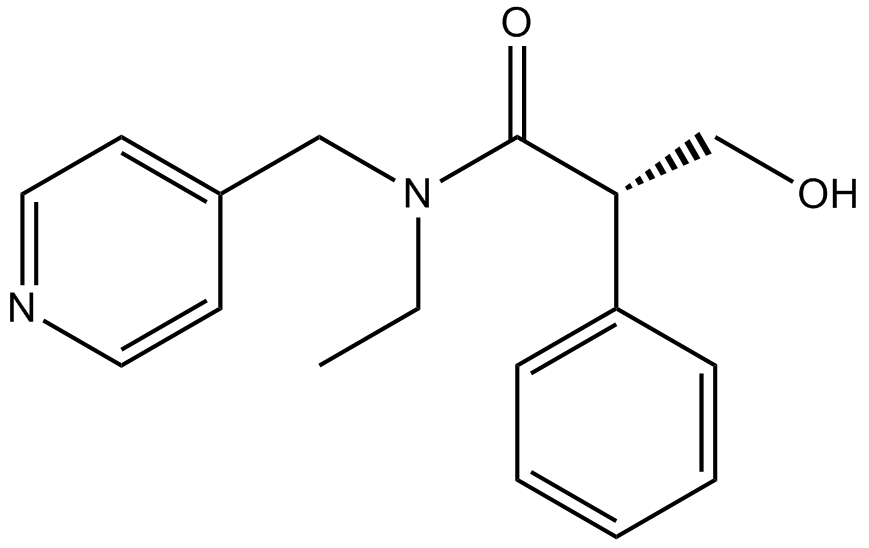 B1608 TropicamideSummary: Antimuscarinic drug
B1608 TropicamideSummary: Antimuscarinic drug -
 B7167 Sazetidine A dihydrochlorideSummary: α4β2 nicotinic acetylcholine receptor ligand
B7167 Sazetidine A dihydrochlorideSummary: α4β2 nicotinic acetylcholine receptor ligand -
 B7264 (+)-Muscarine iodideSummary: Muscarinic acetylcholine receptor agonist
B7264 (+)-Muscarine iodideSummary: Muscarinic acetylcholine receptor agonist -
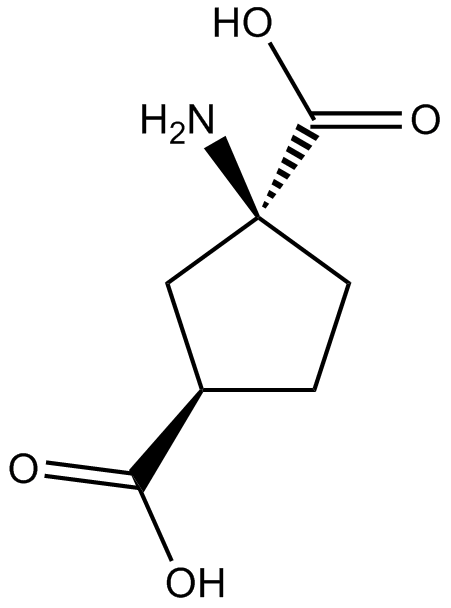 B6245 (1S,3R)-ACPDSummary: group I and II mGlu receptor agonist
B6245 (1S,3R)-ACPDSummary: group I and II mGlu receptor agonist -
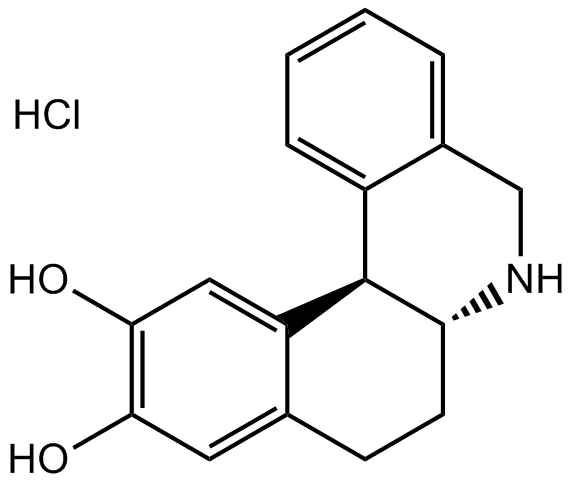 B5028 Dihydrexidine hydrochlorideSummary: dopamine D1 agonist
B5028 Dihydrexidine hydrochlorideSummary: dopamine D1 agonist -
 A5294 Sumatriptan SuccinateTarget: 5-HT1 ReceptorsSummary: 5-HT1 receptor agonist
A5294 Sumatriptan SuccinateTarget: 5-HT1 ReceptorsSummary: 5-HT1 receptor agonist

